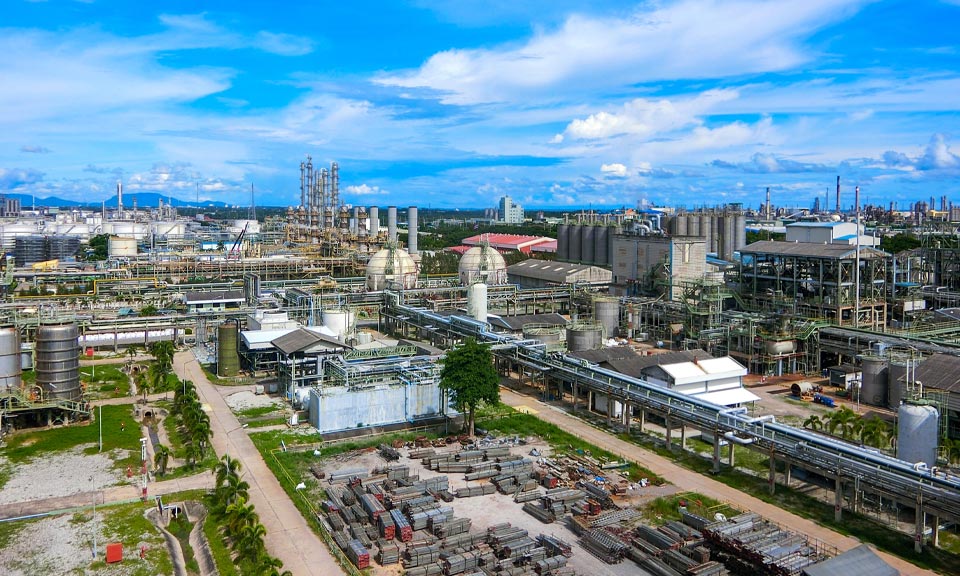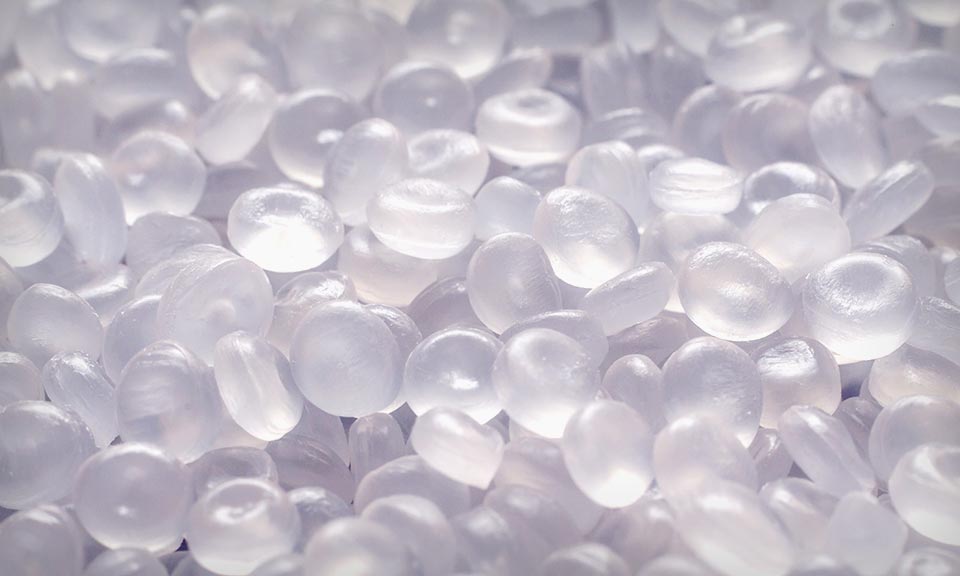Asian Petrochemicals: Key market indicators for May 9-13

The outlook for gasoline-related petrochemicals such as toluene, xylenes and MTBE remains relatively firm amid strong gasoline margins, while demand for most petrochemicals in key market China remains sluggish amid COVID-19 related lockdowns.
** June demand appears firm this week as cargo supply is reduced amid turnaround at Japanese producer Taiyo Oil's 700,000 mt/year isomer-MX capacity as well as producers prioritizing gasoline production over aromatics due to strong margins.
** The paraxylene-MX spread narrowed to $62.67/mt May 6, the lowest since $61.50/mt on May 29, 2020, S&P Global Commodities Insights data shows. The spread is vital, especially for non-integrated producers of PX, that must source MX externally. If the spread remains around such levels, PX producers may be forced to consider run cuts or even idling plants, which in turn could negatively affect MX demand.
** China's MX demand remains sluggish and the East China inventory increased 22.6% week on week to 96,000 mt May 6.
** Asian toluene prices will continue to be well-supported this week amid tight inventories across Northeast and Southeast Asia, and continued strong buying from South Asia, trading sources said. There is no spot cargo available for June from Malaysia, Singapore and Thailand.
** There are several traders sourcing for cargoes particularly with paraxylene-toluene and benzene-toluene spreads still wide, making it favorable for TDP and MTPX producers in South Korea and the US to produce PX and benzene, trading sources said.
** China has been quiet on the import front as COVID-19 related lockdowns and restrictions hampered domestic operations. The initial wave of exports have now been placed to Korea, and supplies are being cautiously held back as there was an expectation that the lockdowns would be lifted soon, sources said. The driving and summer demand season for gasoline see economical margins with gasoline-Brent cracks and gasoline-naphtha spreads wide, sources added.
** Outlook in the Asian benzene market to remain mixed this week, although turnarounds in June would likely continue to keep fundamentals buoyed.
** Platts assessed FOB Korea benzene at $1,176.33/mt May 6, highest level in more than a month, S&P Global data showed.
** Asia's FOB Singapore MTBE marker was on an uptrend, bolstered by a bullish upstream energy complex along with newly announced EU sanctions on Russian oil, which sparked concerns over tight supply. MTBE supplies tightened on the back of lower run rates amid high feedstock costs.
** Asian methanol is expected to trade at stable to slightly softer levels this week as lockdowns in China weigh on consumer and crude oil demand, though upside could come from unexpected supply disruption in global oil and natural gas markets.
** While methanol demand in China was heard to be healthy among methanol-to-olefin plants, in some sectors, finished goods manufacturers faced delays in shipping their product out and this caused one or two methanol-to-olefin units to reduce their operating rates, sources said.
** CFR China was assessed $1/mt lower day on day at $347/mt May 6.
** Asian butadiene will likely remain bearish the week of May 9, hit by slowing demand. Downstream market outlook such as styrene-butadiene-rubber will likely be weak as the lockdowns in China slowed economic activity, including automobile production. Market participants are also closely monitoring steam cracker operations in May.
** Butadiene supplies in Southeast Asia are seen increasing as well. In Malaysia, Pengerang Refining and Petrochemical, or PRefChem, aims to restart its 180,000 mt/year butadiene plant in the southern state of Johor in June. All of the company's supply will be sold in the spot market as it does not have a butadiene downstream plant.
** The propylene market is slated to remain under pressure this week as Chinese buyers continue to eye domestic material to meet their production needs. Shandong propylene hit Yuan 8,750/mt ex-tank May 6, up Yuan 375/mt from the week before. Buying interest for imports remain muted due to the extended lockdown of Shanghai.
** Asian PP is expected to remain rangebound this week on weak market sentiment. Last week, modest price gains were made in China on higher crude oil prices and the easing COVID-19 situation in Shanghai, but overall demand remains low as recovery is uncertain.
** Prices at major importer Vietnam continue to slide, capped by low domestic prices and inflows of competitively priced Chinese cargoes.
** Trading activity will likely be limited this week as fresh offers for June are due to be released in the next few weeks. Market participants expect fresh offers to be reduced again in a bid to compete with China-origin cargoes after a $50-$80/mt month-on-month drop for May.
** Market participants are closely monitoring port operations in China as lockdowns slowed container shipping operations significantly.
** The 2-Ethyl Hexanol CFR China marker is likely to be supported this week as replenishing needs and shutdown among production majors lend support.
** The tradable price for 2-EH China was heard at Yuan 13,000-13,300/mt in Shandong and east China, respectively, in the week to May 5, up Yuan 800-900/mt week on week.
** Supply from other producers in Northeast Asia remained tight due to planned shutdown among the majors. South Korea's Hanwha Solutions is restarting its 160,000 mt/year oxo-alcohol plant at Yeosu on May 19, following a planned turnaround, while LG Chemical is planning to shut its 2-EH Naju plant from early May.
** Market sentiment is likely to remain mixed this week amid upstream volatility and the COVID-19 situation in China. Participants are adopting a wait-and see approach, seeking clarity regarding market outlook before conducting negotiations.
** Fundamentals are likely to remain stable this week given weak demand from downstream polyester and tighter supply from scheduled turnarounds by various PTA producers.
** Feedstock prices look set to remain elevated this week as demand continues to outstrip supply. High European prices and low collection rates for post-consumer bottles likely to keep outlook bullish.
News
Geopolitical pressures — including rising resource nationalism and a year in which over 50% of countries will be having elections — as well as inflationary pressures have sent energy transition progress into “discord.” A specialty chemicals panel session held March 19 at the World Petrochemical Conference by S&P Global in Houston, Texas, tracked the challenges and opportunities of the energy transition for the industry. Speaking at the session, Roman Kramarchuk, head of climate markets and policy analytics at S&P Global Commodity Insights, said that if the short-term scenario continues, global temperatures could rise 2.4 degrees Celsius by 2100, far above the Paris Agreement’s goal of a 1.4-degree increase. “Over the past few years, we’ve certainly been trending more towards our ‘discord’ scenario,” Kramarchuk said. “We’re trending toward a longer runway for fossil fuels and less [greenhouse gas (GHG)] emission reductions. This is a case of less GDP growth, less trade and less technology transfer.” Since 1990, world GHG emissions have grown 45%, with mainland China, India and the Middle East representing the biggest increases in emissions, at 304%, 241% and 181%, respectively. Over the last 25 years, the Commonwealth of Independent States and the EU have cut their emissions the most, with decreases of 39% and 31%, respectively. The US has cut emissions 1% since 1990. Of S&P Global Commodity Insights’ three energy and climate scenarios, only one, “green rules,” has global temperatures near the Paris Agreement’s 1.5-degree goa, with an expected increase of 1.7-degrees Celsius by 2100l. The “green rules” scenario, however, assumes more technology transfer, cooperation and policy-driven outcomes than is currently happening. “2030 is not that far away,” Kramarchuk said, “and when you think about what the energy transition will take, solar panels can be constructed fast, but anything beyond that — like an onshore or offshore wind plant or a nuclear unit — we’re getting into lead times of 5, 10, or 20 years.” While the US Inflation Reduction Act has helped speed these transformational energy products along, there are still a lot of slowdowns in permitting, especially in Europe. “We joke that there needs to be a ‘Complexity Reduction Act’ in Europe to move things forward,” Kramarchuk said. Harald Schwager, deputy chairman of Evonik Industries AG’s executive board, added that companies are stuck in a hard place. Evonik has signed power purchase agreements (PPAs) to be powered fully by renewable energy by 2030. “The question will be, will production capacity be hampered by the regulatory process and will we have sufficient infrastructure in place to transport enough renewable power for site demand by then,” Schwager said. Distant peaks Commodity Insights’ energy and climate base case pegs the peak years for coal, oil and gas demand to be 2022, around 2030 and 2040, respectively. “When there is a surprise need for energy,” Kramarchuk said, pointing toward the COVID-19 pandemic and a drought in China, which caused a boost in coal usage, “fossil fuels fill that need.” However, “there’s more investment in renewable capacity than we’re seeing in upstream oil and gas,” Kramarchuk said. Under all scenarios, renewable electricity will be the lion’s share of newly generated energy sourcing. Rebecca Liebert, president and CEO of Lubrizol Corp., said that it is the duty of specialty chemical producers to be agile and proactive in bringing innovative and more sustainable products to market. “Political and technical factors are all things we must account for in our bring-to-market timelines. And we get it right a lot of times, but we get it wrong some of the time. Sometimes you get to market before the market is ready for your product. And I think that’s great, to have a solution on the shelf as the market comes along.” Schwager agreed: “In the specialty chemical industry, we have more good ideas than we have money. And there’s no regret on moves for improved efficiency.” While there has been little movement on target setting and market-based mechanisms for growing renewable energy, COP28’s first global stocktake committee called for “countries to contribute to triple global renewable energy capacity and double global energy efficiency by 2030.” “Even though we are heading for the discord path right now, with all the technology solutions and innovation pushes, we’ll be shooting up ahead towards the ‘green rules’ scenario in the long-term,” Kramarchuk concluded. This article was first published in chemweek.com .

News
Two NGOs appealing against permits Initial plan was to start end of 2023 BASF is facing a delay of the operational start of its newly built precursor cathode active materials (pCAM) plant in Finland due to two non-governmental organizations (NGOs) appealing against already-granted permits, a spokesperson for the German petrochemicals company confirmed to S&P Global Commodity Insights Feb. 27. BASF initially aimed to start commercial production at the Harjavalta plant at the end of last year. “The necessary permit to operate this plant has been granted last year by the relevant authorities,” the spokesperson said. “However, two NGOs have filed an appeal against the already granted permit. Next steps and timing will depend on the furtherance of the judicial process before the Vaasa Administrative Court,” said the spokesperson. The pCAM plant will use renewable energy resources, including hydro, wind and biomass-based power and will be supplied with nickel and cobalt from Nornickel’s adjacent refinery. The plant is part of BASF’s plan to supply the battery industry and subsequently automotive industry with lower carbon emission cathode active material. Platts, part of S&P Global Commodity Insights, assessed cobalt metal in-warehouse Rotterdam at $15/lb on Feb. 26, stable from the previous assessment Feb. 23, while the nickel-cobalt black mass EXW Europe payables was at 54% Feb. 26, also stable.

News
The petrochemical landscape has been transformed in recent years by new technologies and the global energy transition, resulting in numerous production pathways and the development of more sustainable products. S&P Global Commodity Insights has created Chemical Connections , an interactive chart which shows the links between chemicals, from upstream feedstocks to derivative products. The second slide offers a map showing our price assessments and benchmarks for chemicals across the value chain around the world. These prices are used by market participants daily to write contracts, monitor their markets and achieve full transparency around transactions.